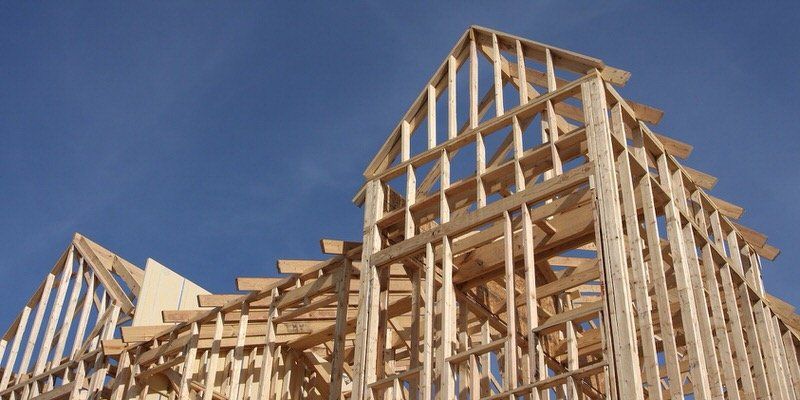The foundation of your construction mortgage
It can be a real process finding the perfect home that fits all your needs. And for some, the market doesn’t offer them anything they want. Instead, they’ve got their own idea of their ideal home and they want to build it from the ground up. It’s certainly a reasonable option, but there are some things you need to know related to financing before you dive into construction.
Raw land usually comes in two forms; serviced lots and un-serviced lots. In order to buy a lot, you will need between 25% and 50% down.
To qualify for a mortgage you’ll need:
- To complete a mortgage application
- You need to provide credit bureaus and income documents showing that you qualify for the amount of money you wish to borrow.
- You need to provide a detailed construction budget.
- You need to submit a copy of the purchase agreement, including all addendums and amendments.
- Builder information and resume (if requested) and project contract
- Full set of legible construction drawings scaled to legal size paper or smaller
- HPO registration (Home Owner Protection forms or registration of new home)
- You base the amount to be borrowed on the appraisal based on a completed project
The budget is the most important piece of information that the lender wants to see. It should include “hard” and “soft” costs. There is usually “reserve” money set aside to ensure there is enough money in the anticipated event of over budget costs. The reserve money is usually 10%-25% cash flow based on the budget for the project. This is on top of the down payment.
Examples of Soft costs:
- Building Permits
- Course of Construction Insurance
- Engineering Reports
- Legal Costs
- New Home Warranty
Examples of hard costs:
- Demolition
- Excavation
- Damp proofing/Backfilling
- Concrete Slab/Basement
- Lumber/Framing
- Exterior & Garage Doors
- Roofing
- Windows & Skylights
Lenders will lend up to a maximum amount determined by the guidelines of the individual lender.
- For example, based on the lender loaning up to 75% of the total cost (with 25% down):
Land purchase price (as is) $200,000
Total soft and hard costs $400,000
Total Cost (as complete) $600,000 x 75% = $450,000 available to loan
Keep in mind, the lender will also consider the appraised value of the finished product. In this example, the completed appraised value of the home would have to be at least $600,000 to qualify for the amount available to loan. The appraised value is determined before the project begins.
Construction loans are released in draws (guidelines are based on the lender). Between Draws, there is an appraisal/progress report that is ordered by the lender. This is at the client’s cost. These reports are usually around $200 per report, depending on the appraiser.
There are a couple more things to consider.
Construction loans are usually fully opened and can be repaid at any time. And the interest is charged only on amounts drawn. Once construction is complete and project completion has been verified by the lender, the construction mortgage is “moved over” to a normal mortgage.
A lender will always take into consideration the marketability of a property. They will look at not only the location based on demographic but also the location based on geography. For instance, a lot that is in a secluded area where no sales of lots have occurred in the last five years and mostly consisting of rock face may not be a property that they are willing to lend on.
Construction mortgages can be more complicated than a conventional mortgage, but your mortgage broker can help you stick handle through the process from construction financing to mortgage financing. Contact any of our Canadian Mortgage Experts for more information.
This article was originally included in the December 2018 DLC Newsletter.




